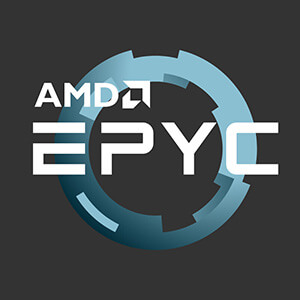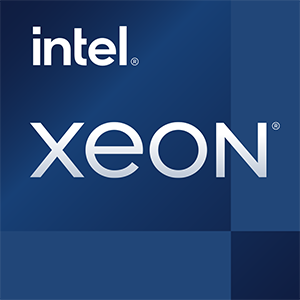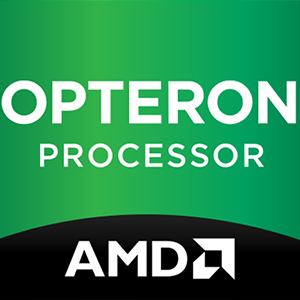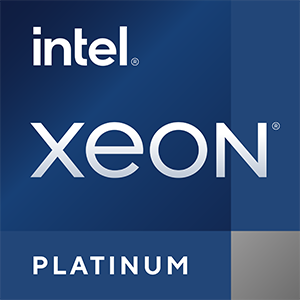AMD EPYC 7F32 vs Intel Xeon E7 8867 v3
We compared two server CPUs: AMD EPYC 7F32 with 8 cores 3.7GHz and Intel Xeon E7 8867 v3 with 16 cores 2.5GHz . You will find out which processor performs better in benchmark tests, key specifications, power consumption and more.
Main Differences
AMD EPYC 7F32 's Advantages
Released 4 years and 10 months late
Higher specification of memory (3200 vs 1866)
Newer PCIe version (4 vs 3)
Higher base frequency (3.7GHz vs 2.5GHz)
Larger L3 cache size (128MB vs 45MB)
More modern manufacturing process (7nm vs 22nm)
Intel Xeon E7 8867 v3 's Advantages
Lower TDP (165W vs 180W)
Score
Benchmark
Geekbench 6 Single Core
AMD EPYC 7F32
+396%
1267
Intel Xeon E7 8867 v3
255
Geekbench 6 Multi Core
AMD EPYC 7F32
+324%
8117
Intel Xeon E7 8867 v3
1914
Geekbench 5 Single Core
AMD EPYC 7F32
+28%
910
Intel Xeon E7 8867 v3
707
Geekbench 5 Multi Core
AMD EPYC 7F32
2382
Intel Xeon E7 8867 v3
+107%
4950
General Parameters
Apr 2020
Release Date
Jun 2015
AMD
Manufacturer
Intel
Server
Type
Server
Rome
Core Architecture
Haswell-EX
AMD Socket SP3
Socket
Intel Socket 2011-3
N/A
Integrated Graphics
N/A
EPYC (Zen 2 (Rome))
Generation
Xeon E7 (Haswell-EX)
Package
3.8 billions
Transistor Count
1.4 billions
7 nm
Manufacturing Process
22 nm
180 W
Power Consumption
165 W
-
Peak Operating Temperature
79 °C
TSMC
Foundry
Intel
74 mm²
Die Size
160 mm²
CPU Performance
3.7 GHz
Performance Core Base Frequency
2.5 GHz
3.9 GHz
Performance Core Turbo Frequency
3.3 GHz
8
Total Core Count
16
16
Total Thread Count
32
100 MHz
Bus Frequency
100 MHz
37.0
Multiplier
25.0
96 K per core
L1 Cache
64 K per core
512 K per core
L2 Cache
256 K per core
128 MB shared
L3 Cache
45 MB shared
No
Unlocked Multiplier
No
1
SMP
8
Memory Parameters
DDR4-3200
Memory Types
DDR3,DDR4-1866
8
Max Memory Channels
2
Yes
ECC Memory Support
Yes
Miscellaneous
4
PCIe Version
3
-
PCIe Lanes
32



